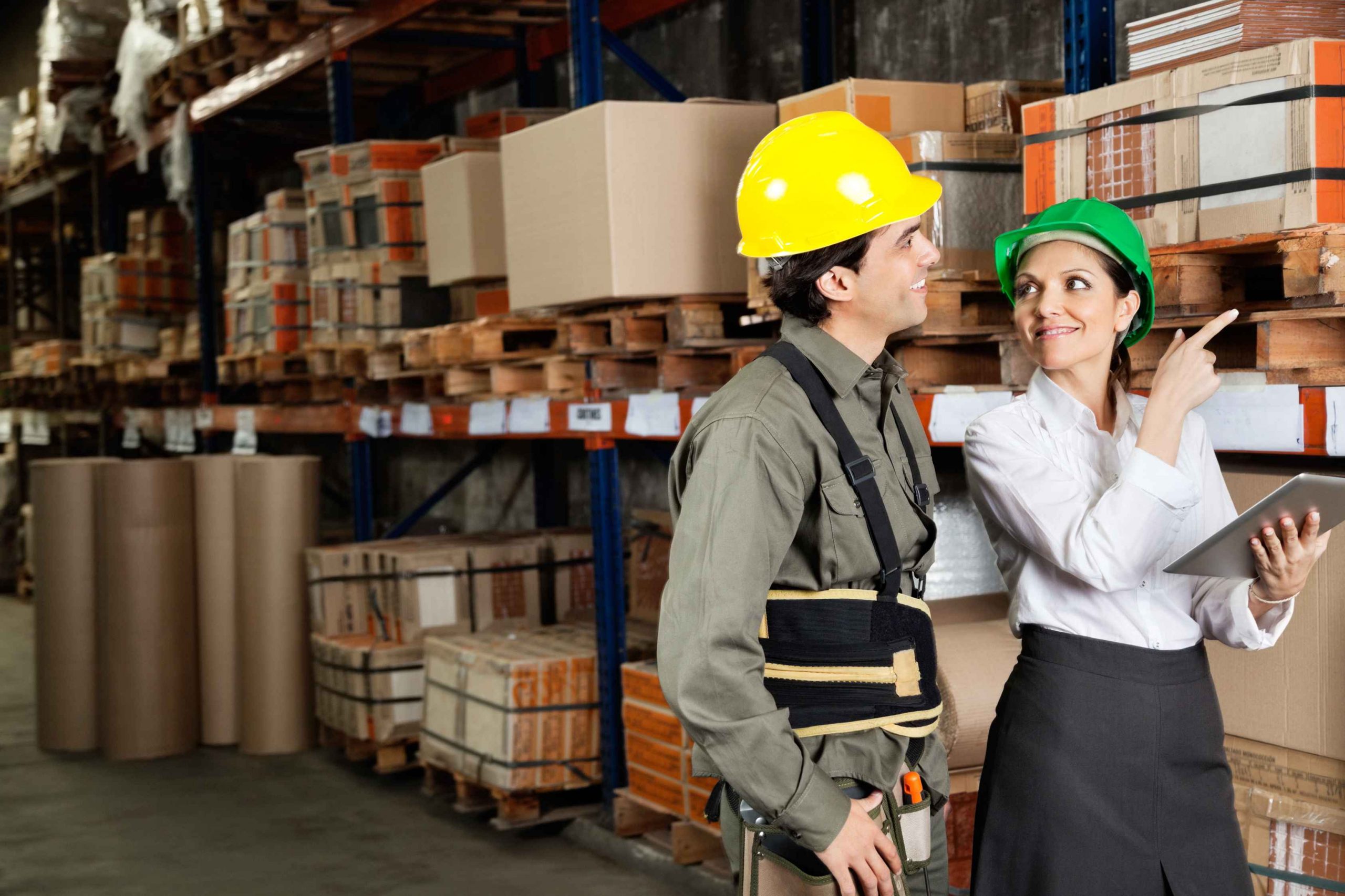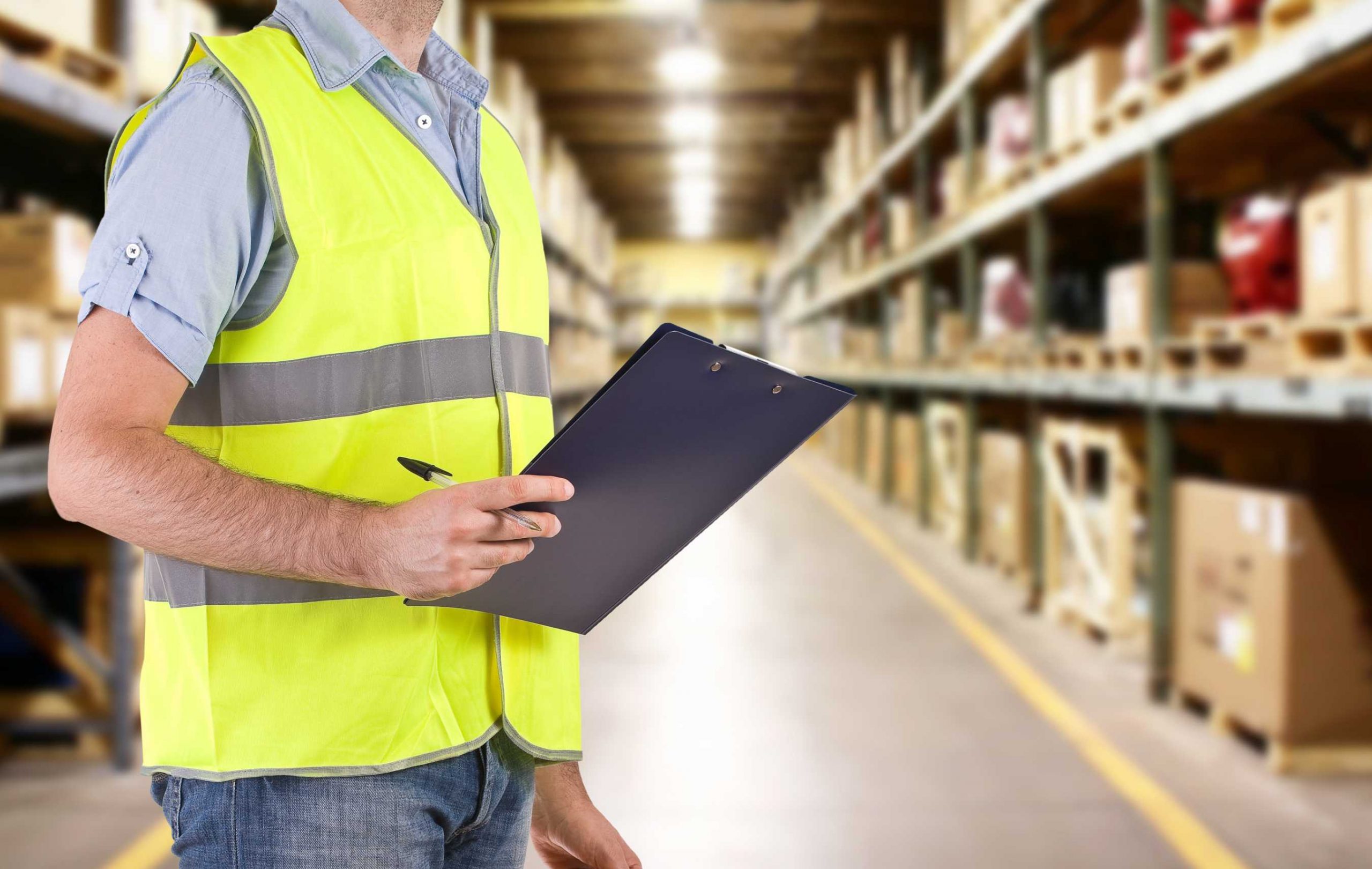Cantilever Racking or Pallet Racking: What’s Best for My Business?
Operations and logistics are a key part of any business plan, and so any budding entrepreneur who plans on owning a warehouse should take some time to think about the kind of storage solution they will want to use. Deciding between cantilever racking or pallet racking will have important implications for your business as the right choice will mean that your can store more product, more easily, and more safely. All of this, in turn, leads to higher profits and a better business.
Cantilever Racking
Cantilever racking is freestanding racking that gives your warehouse plenty of space and can be positioned in many different ways. The Cantilever racking can be stored back to back in whatever position best suits your warehouse or can be bolted to the floor against a wall. Their simplicity also means that they are easy to assemble. Moreover, the horizontal support arms are free from obstructive vertical or oblique braces means that cantilever racking is great for storing wide loads such as pipes, strips of metal, or planks of wood. Cantilever racking is accessible which will make regular inspections possible, whether it’s from within your company and from a SEMA approved racking inspector.
The Cons of Cantilever Racking
Cantilever racking can be expensive and requires a lot of planning. If your warehouse needs to store lots of wide items and you have limited floor space, then cantilever racking is a worthwhile investment. However, cantilever racking is inappropriate for the storage of pallets.
Pallet Racking
Pallet racking has the advantage of being a heavy duty system that bears a lot of weight. If your business requires the storage of bulky and weighty items, then this is the racking could be a solution for you. Much like cantilever racking, pallet racking is also accessible, making pallet racking inspections possible. Pallets are also design to work well with forklifts, and using a forklift in your business can be a great way to improve efficiency.
The type of racking system which best meets your needs will largely depend on the type of product that you need to store. Whatever racking system you choose, SEMA Racking Inspections can provide you with impartial advice on how best to maintain it and how to avoid damaging it.
Get in touch with SEMA Racking Inspections for a professional inspection of your pallet racking or cantilever racking system!




